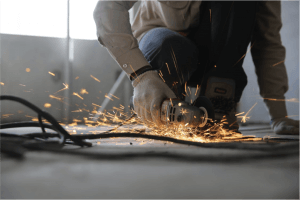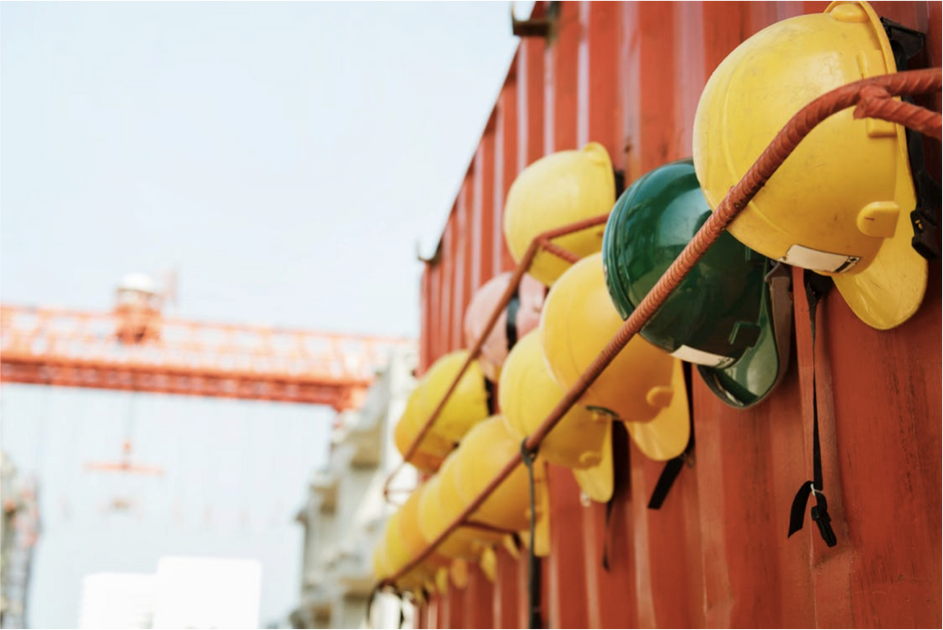Why LED Lighting Improves Safety in Manufacturing Plants
By Leah • Dec 11, 2018
Whatever it is a plant manufactures, much thought goes into safe running of the machines and any mechanical element of the production line. Even soft plush toys being made in a factory use materials which can be hazardous in certain scenarios. Workers are safety trained for long hours, legislation is passed to reduce workplace injury and checks are put in place to maintain standards.
If you run an industrial space, you may think that you run a safe ship. If you have neglected to consider how LED lighting can improve safety, it's maybe not safe enough.
Better Light Makes Safer Environments
In the early days of LED lighting, there were some developmental issues. Light quality was limited due to the inability to turn blue light into different parts of the light spectrum. Thankfully, since the mid-2000s phosphor coatings have allowed this light to be turned into high visibility white light. It is a safe, cheap and effective solution which has been one of the last steps towards making rival bulbs obsolete.
What this means for your manufacturing plant is high quality light which illuminates machinery to the highest standard. It means even in busy environments, visibility is as clear as it can be. The right buttons are pressed, errors are not ignored and any problems can be recognized faster. With lenses, LEDs can also create the perfect beam angles for any given space. This means high bay indoor venues have the right light where it is needed and doesn't waste costly energy in the process like high intensity discharge lamps.
LED Lighting Lasts Longer
Although metal halide and other high intensity discharge bulbs also have good light quality, the nature of their functionality means it won't hold for as long as LED. As HIDs like high pressure sodium lamps burn gas and combust compounds to reach their desired intensity, they suffer lumen depreciation.
Lumen depreciation happens over time, but it can often go unnoticed, especially with the amount of bulbs required for an industrial space such as manufacturing plants. When the bulbs depreciate, the quality is lessened, but workers may not notice the subtle differences until an accident occurs. LED has very little lumen depreciation. With companies like OEO, many of our bulbs have 5 year warranties because we know they're going to keep you safer for longer.

LED Lighting Reduces Worker Error
While the practical need for light helps workers use machinery safely, there is less recognized importance of light quality. The human body has a circadian rhythm which helps us to know when its time to work and when it is time to rest.
The busy and physically demanding nature of many manufacturing plants means it is easy to get tired. LED lights help to create the right kind of light at the right kind time of day to keep workers in touch with their rhythms and stay alert for longer. Workers are less likely to make errors. This not only improves productivity, but, more importantly, reduces workplace accidents due to tiredness and distraction.
Versatility Improves Safety
LED lighting can keep in check with worker circadian rhythms, in part, because it is so versatile. The bulbs used in LED can be selected for specific lighting purposes and match the color and intensity for said purposes. Not only that, but they can be programmed to change according to the specific needs of the manufacturing stage and the same bulbs can be adapted to produce certain benefits in one area and different benefits in another. They can be controlled by motion sensors and put on timers when necessary. This is because they don't need time to reach intensity like HIDs, but have instant luminescence.
All of these factors come together in LED lighting to create manufacturing spaces which are safer, more productive and healthier to work in.
